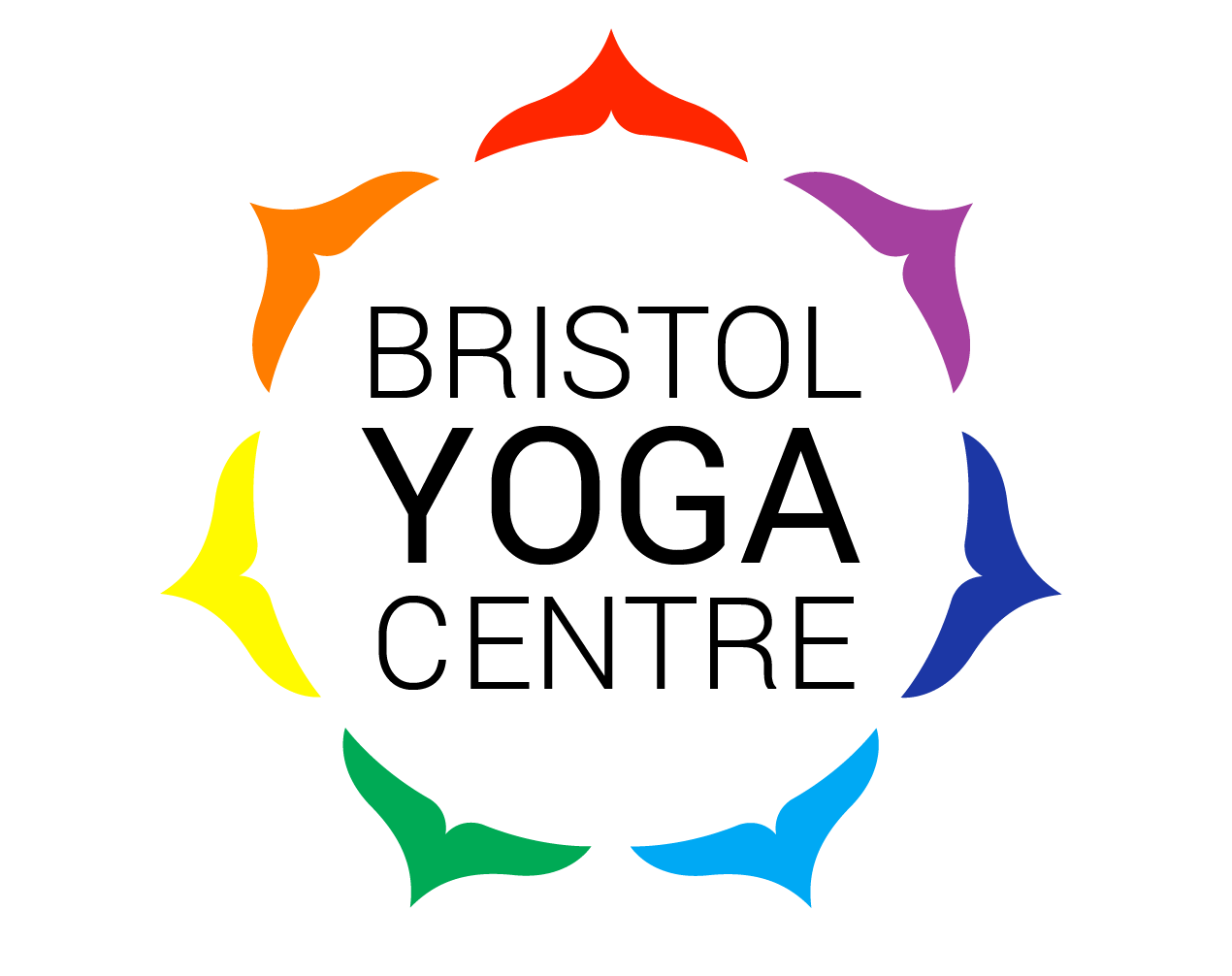‘Proper relaxation is a gift everyone of us should give to our bodies each and everyday’ - Tara Fraser, a senior yoga teacher.
After the Christmas and New Year, we often take up new activities and projects, and run around trying to achieve our goals. Whilst it’s a great time to take on new things and reflect on our intentions, it’s really easy to over do it and end up feeling burnt out.
Relaxation is a key element in yoga practice; Savasana or ‘the full relaxation pose’ is the ultimate position for relaxation…as the name implies. It is one of the most important asanas as it teaches us how to release physical and mental tension and assimilate the practice we have completed. Allowing time to reflect and absorb our actions will enhance their benefits.
It’s easy to over look simple poses like Savasana but I have found that it’s often one of the most powerful ones to do regularly. Savasana teach us important lesson of letting go. Experts believe that one of the primary causes of chronic stress is inability to release worries and strain. We often hold on to these feelings and tension even when the stressful situation has long passed. Practicing Savasana regularly is a great way to notice how we are and encourages us to let go.
Savasana is often translated as the corpse pose and is synonymous to Mrtasana, which means death pose. The pose symbolises death and letting everything go. No longer trying to do or analyse but letting everything be as it is.
At a first glance, it may seem like the easiest pose to practice but it can actually be one of the hardest postures to do properly. It can be challenging to relax fully whilst maintaining full awareness. It’s very easy to be lost in our thoughts or just fall asleep! As with most things, the more you practice, the easier it becomes; so I recommend doing this pose regularly.
Savasana is normally practiced at the end of asana practice but it can also be done at the beginning or on it’s own. When I feel depleted and tired, I often spend 5 -10 minutes (longer if I have the time) in Savasana to rejuvenate. It has a quality of a power nap and is incredibly restorative. As Gheranda Samita, one of the three classical text on Hatha Yoga says ‘Lying flat on the ground like a corpse is called Mrtasana. This posture destroys fatigue, and quietens the agitation of the mind’ - Chapter 2, verse 11. After practicing Savasana, the body feels rested and the mind becomes less cluttered and clearer. You will also have more energy to do what you want.
To practice this pose, it’s important to spend some time ensuring that you are as comfortable as possible. Make sure that you are lying down in a balanced way and allow yourself to relax completely. Use as many props as you need such as blankets, cushions and eye pillow. Blankets can be placed over the top of the body to keep warm or folded up and placed under any part of the body for support. Cushions can be used to prop up the head or used under the knees to release your back. I highly recommend using eye pillow as it will help you to relax your face and head. Experiment and see what works for you.
If you are pregnant, it’s not advisable to spend too long on your back so choose to lie down on the left side of the body.
Once you are in Savasana, gently watch over your body, breath and mind. Try to observe your thoughts without becoming attached to them, by feeling your body and keeping yourself connected to the ebb and flow of your breath. Simply learning to observe your thoughts in this way will help to calm your mind.
If you are worried about falling a sleep, try setting a timer or a gentle alarm. When you are ready to end the practice, come out slowly and take the time to notice the effects of Savasana. Sit quietly and observe how you feel.




